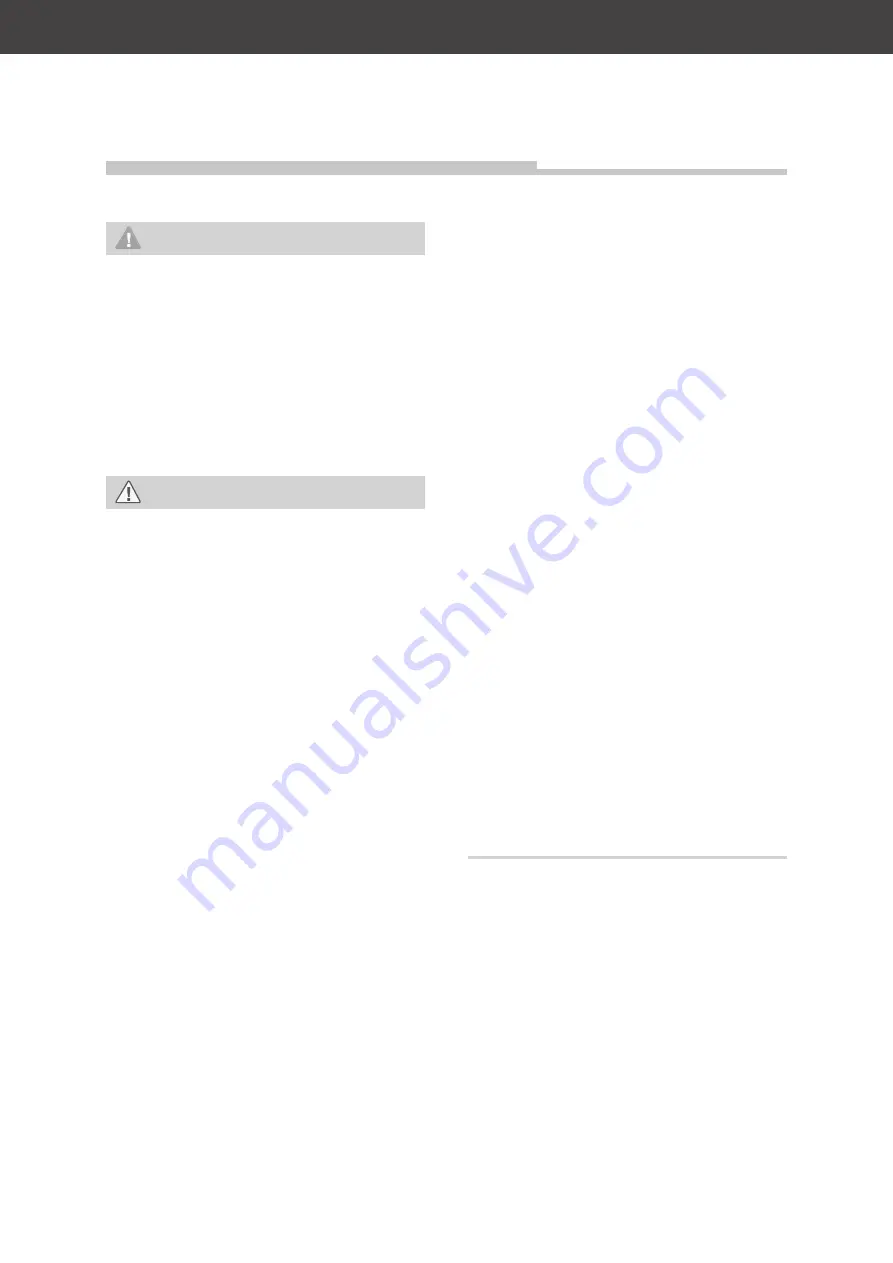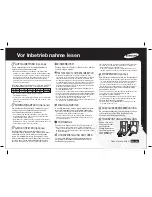
Freezing foods, storing frozen foods
Page EN-15
WARNING
Risk of explosion!
Improper handling of the appliance
may lead to an explosion.
■
Do not store explosive substances
such as aerosol cans with a fl amma-
ble propellant in this appliance, as
they can form ignitable gas-air mix-
tures.
CAUTION
Health hazard!
Incorrect handling, insuffi cient cool-
ing or overlapping items can spoil the
stored food. This could lead to a risk of
food poisoning when consumed.
■
Opening the door for long periods can
cause a signifi cant increase of the
temperature in the compartments of
the appliance.
■
In particular, pack raw meat and fi sh
carefully to ensure that adjacent
food cannot be contaminated by sal-
monella or similar bacteria.
■
Store raw meat and fi sh in suitable
containers in the refrigerator, so that
it is not in contact with or drip onto
other food.
■
Abide by the storage times recom-
mended by food manufacturers.
■
Note that the shelf life of the frozen
food may be shortened due to a rise
in the temperature inside the appli-
ance (from defrosting, cleaning or
power failure).
■
If there is a power failure, the frozen
food may remain suffi ciently cold for
some time. In case of prolonged pow-
er failure or malfunction of the appli-
ance, remove the stored frozen food
from the appliance and store it in a
suffi ciently cool place or in anoth-
er cooling appliance. The maximum
storage time in the event of a fault is
shown on the appliance’s type plate.
■
After a malfunction, check wheth-
er the stored food is still edible. Con-
sume thawed and defrosted foods
immediately, do not refreeze.
■
If the refrigerating appliance is left
empty for long periods, switch off,
defrost, clean, dry, and leave the door
open to prevent mould developing
within the appliance.
Risk of injury!
Improper handling of the appliance
may result in injury. Risk of burns caused
by low temperatures.
■
The food and the inside walls of the
freezer have a very low temperature.
Never touch them with wet hands.
This can cause injury to the skin. Skin
damage can occur even with dry skin.
■
Let ice cubes or ice lollies thaw a lit-
tle before eating, do not put into your
mouth straight from the freezer.
• Follow the instructions in this chapter to
store your food for the longest possible
time in the best possible way.
Freezing food
Freezing means reducing the core tempera-
ture of fresh, room-temperature food to fro-
zen as quickly as possible – for best results
“flash-frozen”. If not cooled quickly enough,
the food will be “killed by frost”, i.e. the struc-
ture will be destroyed. A constant storage
temperature of
−
18 °C is needed to maintain
the food’s consistency, taste and nutritional
value.
Freezing foods, storing frozen foods
















































